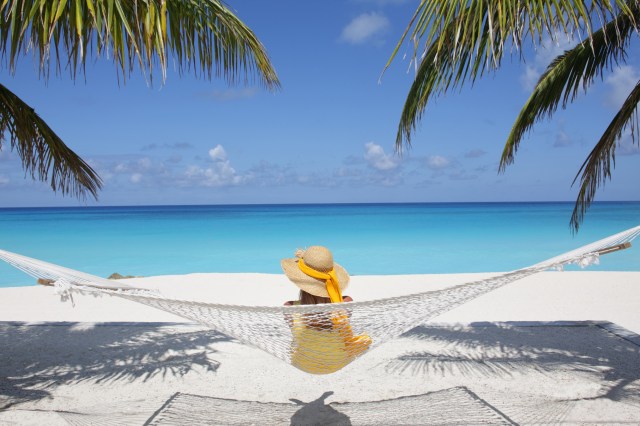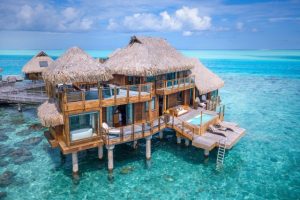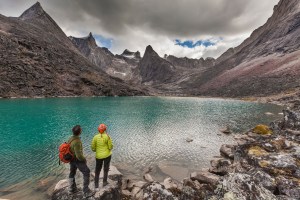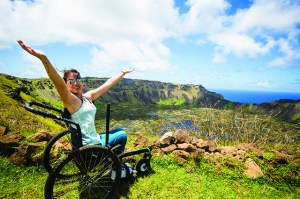Home to some of the most beautiful beaches and landscapes in the world, the Caribbean attracts millions of tourists each year in search of sun, sand and relaxation. The hundreds of islands scattered throughout the region are more reliant on tourism than any other part of the world.
The stunning beauty of the Caribbean, however, is also vulnerable to the impacts of so many visitors. Recognizing this fact, governments and tour operators from across the islands have come together to create a variety of eco-tourism initiatives ranging from protecting biodiversity to adopting clean energy programs.
There are also several Caribbean resorts that are not only focused on sustainable operations but have also begun including environmental education and activities for guests among their offerings.
If a tropical island vacation is in your future, here’s your sustainable Caribbean travel guide.
Best Times to Travel to the Caribbean
Sunny days are what most visitors are seeking in the Caribbean and the driest months of the year here are from February through May. The wettest months, on the other hand, are June through November, which is the region’s notorious hurricane season.
You may also want to avoid visiting during the high season, which is November through April. Not only are flights to the islands more expensive, but you’ll pay a steeper price for lodging. What’s more, the burden of large numbers of tourists visiting all at once, such as during the high season, can be especially taxing for local resources and the environment.
How to Get Around
Getting to the Caribbean will likely involve a fossil fuel-intensive plane journey. But once you’ve arrived, you can minimize your environmental impact by practicing slow travel. This is an approach to exploring the world that involves picking just a few places while on vacation and staying put for several days. In the Caribbean, consider spending time on just one island, or maybe two, rather than busily island hopping.
While on an island, opt for no-carbon modes of getting around like biking, hiking and walking. You can also minimize your carbon footprint by taking local public transport.
If you do choose to visit a few different islands in the region during your vacation, consider using ferry services. For instance, L’Express connects a handful of islands including Dominique, Martinique and Saint Lucia. There’s also an inter-island ferry between Trinidad and Tobago. Similarly, Makana Ferry serves the islands of Saint Kitts, Saint Maarten and Saba.
Ethical Activities
The Caribbean is known for its abundance of outdoor activities, such as kayaking, snorkeling, hiking and biking. There is also a long list of eco-reserves and nature-filled national parks throughout the islands.
In the Bahamas, for instance, you can spend time exploring Lucayan National Park, a 40-acre preserve featuring an underwater cave system, pine forests, mangrove creeks and coral reefs. In Jamaica, don’t miss Mayfield Falls, the location of two waterfalls and about 21 natural pools. While in Turks and Caicos, explore Iguana Island (also known as Little Water Cay), which is a tiny, undeveloped island that’s a sanctuary for the rock iguana; all you’ll find on Little Water Caye are nature trails, sunbathing iguanas and pristine beaches.
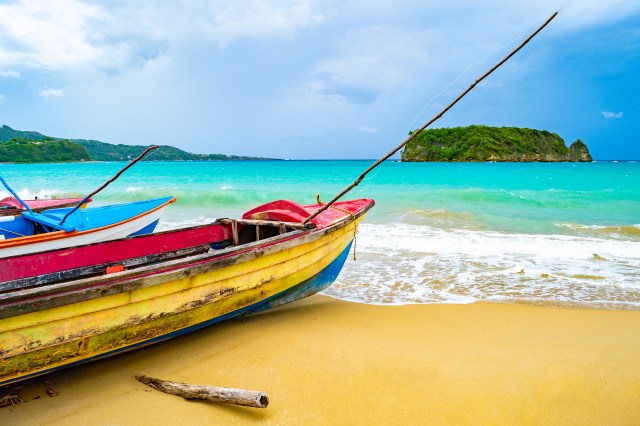
Sustainable Hotels
Throughout the Caribbean, numerous hotels and resorts have adopted extensive sustainability programs and have elevated eco-friendly operations to inspiring new levels.
On Eagle Beach in Aruba, the Bucuti & Tara resort has not only been named one of the top 25 hotels in the world but also boasts being the first carbon-neutral resort in all North America. The property implements an extensive sustainability program. Highlights include having the lowest per-occupied-room electricity usage rate of all hotels in Aruba and using biodegradable and environmentally friendly detergents.
Among the most eco-friendly properties in the Bahamas is Tiamo Resort, where the 11 villas were all constructed from sustainable pine wood. Each guest villa is also elevated on stilts, which allows for natural cooling and ventilation, further minimizing the property’s environmental impact. What’s more, all property supplies are locally sourced and organic whenever possible.
The AAA Four Diamond Designated Seven Stars Resort & Spa in Turks and Caicos is also doing its part to protect the planet. Efforts include providing guests with refillable water bottles upon check-in, integrating reusable cups and biodegradable straws into its food services, hosting organized beach clean-ups and installing an underground water collection and recycling system.
The climate- and eco-initiatives at the AAA Four Diamond Jamaica Inn in Ocho Rios, Jamaica, are equally admirable. The property plans to be carbon neutral by 2025. In the meantime, Jamaica Inn is already using renewable energy, composting and recycling wastewater, and has eliminated the use of Styrofoam products on the property.
What to Eat
The cuisine in the Caribbean is as varied as the number of islands in the region. In many places, dining options are informed by a melting pot of influences including Spanish, French, English and African cultures. Throughout the region, seafood is a staple on most menus.
More recently, hotels and resorts have started incorporating foods made from their own organic gardens and locally sourced producers. On islands like Puerto Rico and St. Croix, and many places in between, climate-conscious eaters will find farm-to-table dining is becoming increasingly common. And for those visiting Turks and Caicos, don’t miss experiencing food from Seven Stars Resort & Spa’s own hydroponic, sustainable, insecticide-free container farm.
Learn how AAA Northeast is becoming more sustainable. Visit AAA.com/ESG to read about our environmental, social and governance initiatives and how we are progressing on these goals.
AAA’s sustainable travel series is written in partnership with Kind Traveler, a women-and-veteran-owned public benefit corporation empowering travelers to make a positive impact in local communities, and contributing writer, Mia Taylor.



